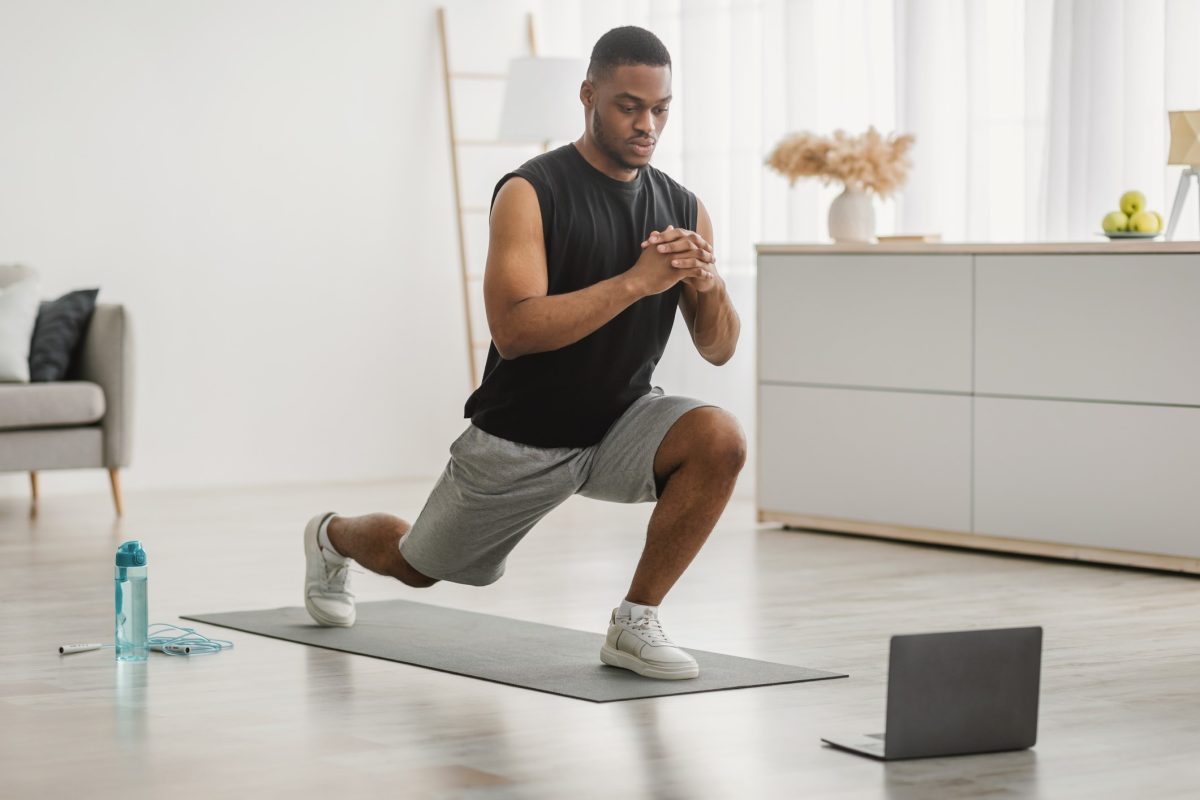Performing isometric exercises like planks and wall sits amplifies your strength and helps reduce your blood pressure, along with other benefits. Isometric exercises are becoming increasingly popular for those looking to develop muscle strength and mass. Unlike cycling, running, and other forms of exercise, isometric training levels up your fitness without movement. Read on for the definition and benefits of isometric training and the top exercises worth adding to your workout plan.
What is isometric training?

Isometric training involves a simple, focused tightening or contraction of a specific muscle or group of muscles, which generates force without you needing to move your joints. This powerful muscle contraction really enables you to target particular muscles. The main difference between other exercises like squats and isometric exercises like wall sits is that the joints involved in the exercise don’t move, and there isn’t any noticeable change in the length of the targeted muscles.
The classic plank is another good example because you’re holding yourself still in a static position and relying on your body weight to help you maintain stability in your joints and core. You can perform isometric exercises with or without weights. If you do add weights, try to make sure you choose the right weight and avoid going too heavy and increasing your risk of injury.
What are the benefits?

Isometric training yields a multitude of benefits, including:
- Reducing blood pressure.
- Improve strength and stability.
- Improve your balance and posture.
- High level of neural and muscle activation.
- Focus on certain muscle groups to maximize strength.
- Perform versatile exercises like planks pretty much anywhere without the need for a gym or fancy equipment.
There isn’t a full range of motion so these exercises are often more accessible for people recovering from an injury and those with arthritis and certain limitations. Always check with your doctor or physical therapist if you’re not sure if you should try a certain exercise.
How does isometric exercise reduce blood pressure?

Your muscles contract and expand in size before relaxing, which prompts a sudden surge of blood flow to the muscle and blood vessels. The blood flow to the area also brings oxygen and nitric oxide, which widens your blood vessels and reduces blood pressure.
High blood pressure causes your heart to work harder and impairs proper functioning. Isometric exercise allows you to use your own body weight to lower your blood pressure. An impressive large study published in the British Journal of Sports Medicine concluded that isometric exercise caused the biggest drop in systolic and diastolic blood pressure compared to aerobic exercise, dynamic resistance training, and high-intensity interval training.
The best isometric exercises to include in your training schedule

Here are some of the best isometric exercises to try:
- Wall sits
- Planks
- Static squat
- Calf raise hold
- Static lunge
- The dead hang
- Hollow body hold
Achieve the best results by switching between aerobic exercise, strength training, and isometric exercises.




